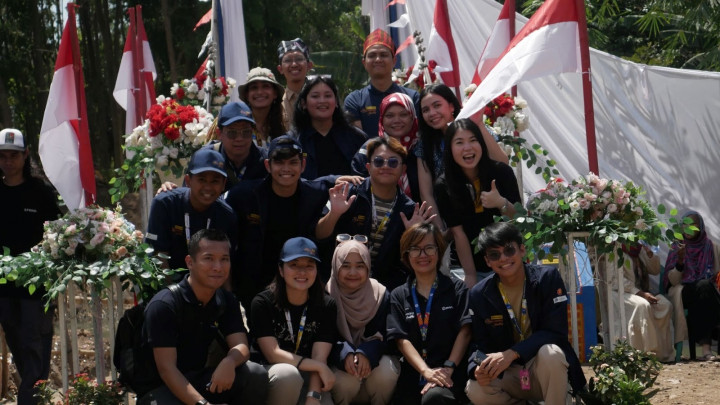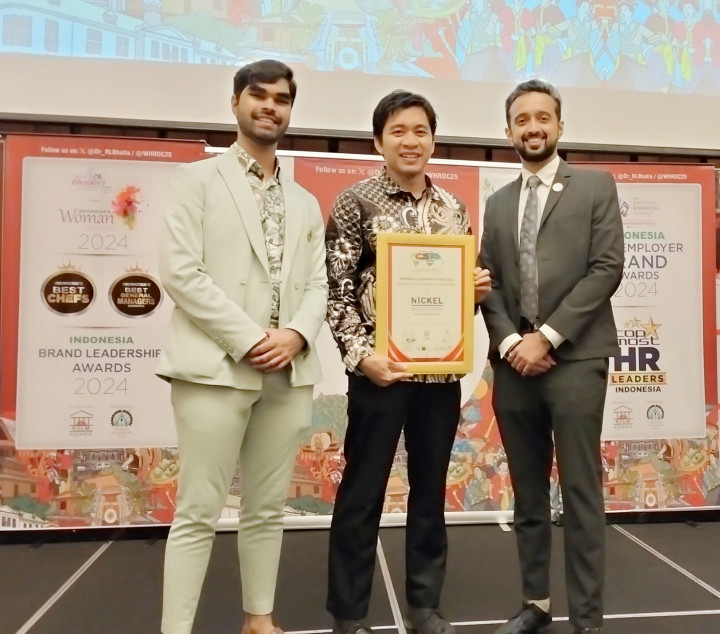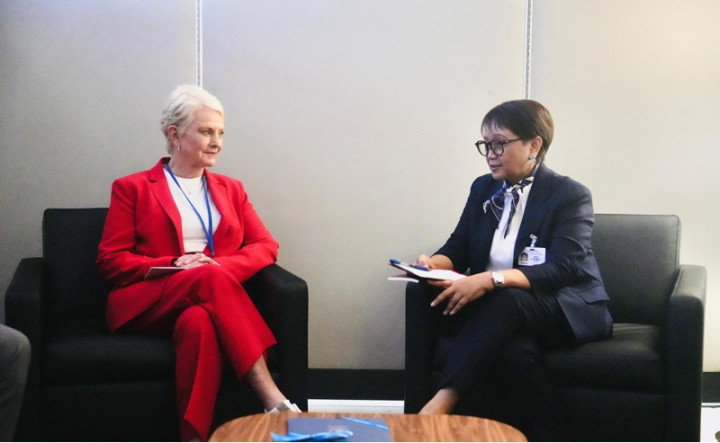New York: Disparities in multidimensional poverty among ethnic groups are consistently high across many countries and in nine ethnic groups more than 90 percent of the population is trapped in poverty, according to new analysis on global multidimensional poverty released today.
The global Multidimensional Poverty Index (MPI) produced by the United Nations Development Programme (UNDP) and the Oxford Poverty and Human Development Initiative measures poverty by considering various deprivations experienced by people in their daily lives, including poor health, insufficient education and a low standard of living. Today’s report examines the level and composition of multidimensional poverty across 109 countries covering 5.9 billion people and presents an ethnicity/race/caste disaggregation for 41 countries with available information.
The report finds that, in some cases, disparities in multidimensional poverty across ethnic and racial groups are greater than disparities across geographical subnational regions. Indeed, when the MPI is disaggregated by ethnic group, the range in values is greater than that across all 109 countries and all other disaggregations tested.
It also shows how, within a country, multidimensional poverty among different ethnic groups can vary immensely. For example, the difference in the percentage of people who are multidimensionally poor across ethnic groups is more than 70 percentage points in Gabon and Nigeria.
In Latin America, indigenous peoples are among the poorest. For instance, in Bolivia indigenous communities account for about 44 percent of the population but represent 75 percent of multidimensionally poor people. The figures are also stark in India where five out of six multidimensionally poor people were from lower tribes or castes.
"The COVID-19 pandemic has eroded development progress around the world, and we are still grappling to understand its full impacts," says Achim Steiner, UNDP Administrator, in a press release on Thursday.
"This year's Multidimensional Poverty Index (MPI) reminds us of the need for a complete picture of how people are being affected by poverty, who they are and where they live, if we are to build forward better from this crisis and design effective responses that leave no one behind," Steiner added.
Though multidimensional poverty remains high, there were encouraging signs of progress in some countries, at least until the onset of COVID-19. Of the 80 countries and five billion people for which there is data over time, 70 reduced MPI in at least one period, with the fastest changes coming from Sierra Leone (2013–2017), followed by Togo (2013/2014–2017). Some countries saw the fastest absolute reductions in their poorest regions—helping to fulfil their pledge to leave no one behind. These areas include North Central in Liberia (2013–2019/2020) and Province 2 in Nepal (2016–2019).
Cek Berita dan Artikel yang lain di Google News
FOLLOW US
Ikuti media sosial medcom.id dan dapatkan berbagai keuntungan



















